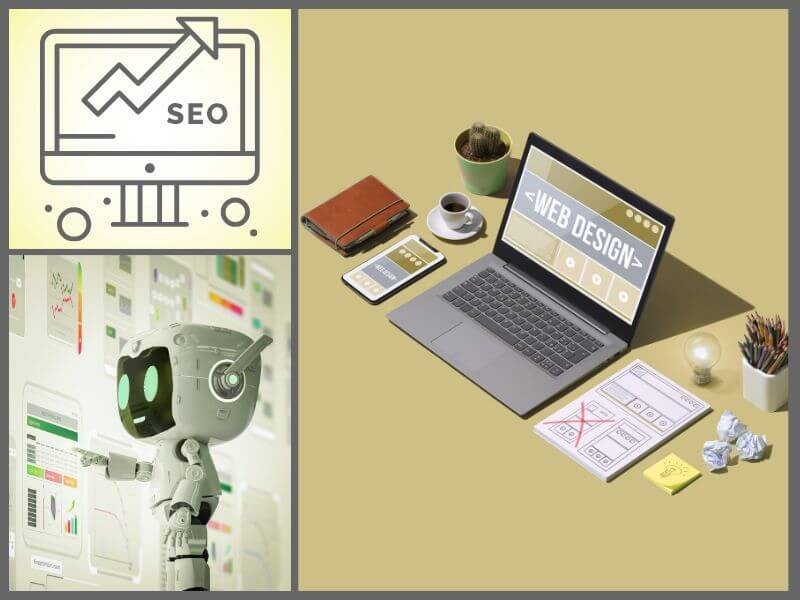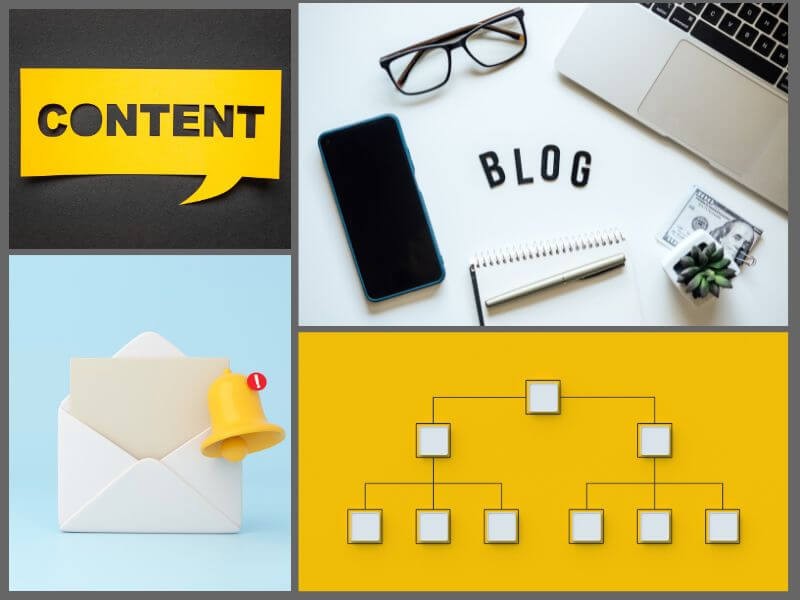
Knowing how to advertise means effectively reaching the right audience. But also increasing your brand's visibility in a competitive environment. Good promotion builds trust, attracts new audiences, and retains existing ones. Without a clear strategy, even the best products or services can go unnoticed.
To wish to see and be seen in a certain environment or society is fine.
But your business, especially if you are a small business, requires much more than just "being seen." It also requires "being chosen."
Consumers, as you know, are informed, demanding, and skeptical. Before any purchase, they will thoroughly check what they are buying and compare it with the competition.
And their skepticism will most affect small businesses and startups.
As such, small businesses often lack enough resources or time at their disposal, forcing them to choose between several tactics or digital marketing strategies (while all of them are equally important).
The best tactic is what is called a holistic approach in marketing – a combination of online and offline strategies. Such an approach helps build recognition and trust.
And there is no single solution here; every successful campaign begins with understanding the audience – their habits, needs, and preferences.
If you don't know who (and why) you are speaking to, your message gets lost in the crowd.

The first step in presenting your business is your website. It is also the first point of contact your audience has with you, and this is where they make the decision – to stay or leave.
And that is why your website must have:
For example, the website of a tech startup should feature clean lines, easily accessible contact information, and a clear display of products or services.
Without a clear picture of whom you are addressing, you are wasting time and resources. That is why you must identify your target audience:
Example – if you sell (among other things) sports smartwatches, your audience will likely include sports enthusiasts, but also business professionals. Think about how to tailor messages to that group.
So, how do you attract and retain your audience's attention?
Through social media. Social media is an integral part of a marketing campaign (or they should be), and each platform is specific in its own way.
Facebook enables interaction with a broader audience, LinkedIn targets professional users, while TikTok and Instagram are popular among younger people due to visual content.
It is important to understand the audience on social media and tailor content to each platform, and here are a few examples:

Equally, you must pay attention to the content you publish. Content is the way you communicate your value and build trust.
Email remains one of the best tools for maintaining contact with your audience (whose contact information and consent you have, of course).

Live events and networking are extremely important for those who might have thought otherwise.
Yes, digital channels are dominant, but face-to-face interaction creates better, stronger connections.
PR and media placement are beneficial not only for your visibility but also for the perception of your brand as relevant and professional. Stories about your products or services can reach your target audience through trusted sources, such as local portals or specialized magazines.
Publishing original articles further strengthens the credibility of your business and enables deeper connections with your audience.
Paid ads enable precise audience targeting and quick user attraction.
Google Ads is excellent for keywords that users actively search for, while social ads on platforms like Facebook and Instagram help you reach specific demographic groups.
Collaborating with influencers can build trust and help you reach specific groups.
Influencer marketing offers an opportunity for an authentic approach, especially in niche industries. A fashion blogger can showcase unique collections from a local designer, while a micro-influencer in the fitness industry could promote dietary supplements through everyday content.
Technology exists to help businesses communicate better with their audience.
When used effectively, it can make marketing more efficient, personalized, and accessible.
With the development of artificial intelligence and the popularity of video content, you have the opportunity to use innovative tools for better interaction with your audience while standing out in the digital space.
Video content, especially short formats on TikTok and Instagram, dominates platforms due to its appeal. Captions accompanying content have become essential as most users watch videos without sound.

Combining different marketing tactics allows for creating a synergy that exceeds the effects of individual strategies.
When a blog (optimized for SEO) drives traffic to your website, and an email campaign encourages users to make a purchase – the results of this interaction become visible.
Offline activities, such as workshops or events, further strengthen your audience's trust and allow for direct interaction. This is invaluable today when people are largely (over)burdened by digital experiences.
Even if you’re a small business, you can combine social media to promote new products or services, publish blogs to attract an online audience, and include workshops and events to connect with your customers and clients (and potential business partners) in person.
Marketing is a continuous process, and anyone who says otherwise – is lying.
There is no single recipe that always works and works for everyone – what works for you may not work for others, or what works today might not work tomorrow.
That’s why it’s important to try different approaches, measure results, and respond quickly to changes.
Test new ideas, analyze their impact, and don’t be afraid to go back to the beginning if something doesn’t go according to plan.
Be flexible and open to new opportunities.
"To do" list for learning how to advertise:
Are you ready to advertise and have an advertising strategy that truly delivers results?
Contact us to help you connect with your audience and grow your business.